Cats are scratchers by nature, and it is entirely instinctive to see them engage in this behavior. However, as all cat owners are well aware, when your pet’s claws become too long, this scratching can turn into a more painful and destructive activity. Because of this, it is important to trim your cat’s nails regularly to prevent the damage that can be caused by their natural scratching. Cats scratch for several reasons, but mainly because scratching is a way to mark territory.
Why do cats scratch? Their paws contain scent glands, which means that scratching allows cats to leave scent and visual traces. Not only that, but scratching is a natural way to stretch the body and flex the feet and paws. It also allows cats to expend their natural energy, so scratching has many benefits for cats, but as an owner, sometimes scratching can be annoying and frustrating for you, especially if you have an indoor cat.

Because indoor cats still need this instinctive behavior, but do not have a tree or post to scratch, they have to find a suitable substitute, which is often a piece of furniture. In addition to scratching for exercise, cats also scratch to remove necrotic outer membranes from their paws. This means that cats whose claws are not worn through exercise may become overgrown. If not trimmed, the cat’s nails will grow onto the claws, which can cause many problems, especially if they are unable to remove the dead outer shell themselves. It is important that we do this, and trimming your cat’s nails regularly will help to maintain their level of hygiene and ensure that there are no long-term problems.
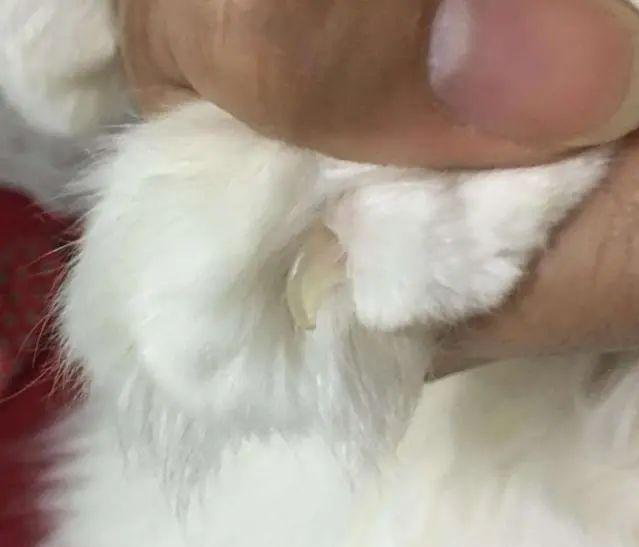
Benefits of clipping cat nails.While this step in cat grooming is often overlooked by many owners, properly clipping your cat’s nails is very important. Here are some of the main reasons why regular nail trimming is necessary, regardless of your cat’s breed, size, and age.Prevent your cat from causing harm by.If cats’ nails are allowed to grow too long, they can be potentially destructive. Long nails can easily cause injury to people or other pets. Nails that grow too long can also damage furniture and other items. As a safety procedure, you must keep your cat’s nails at a safe length.
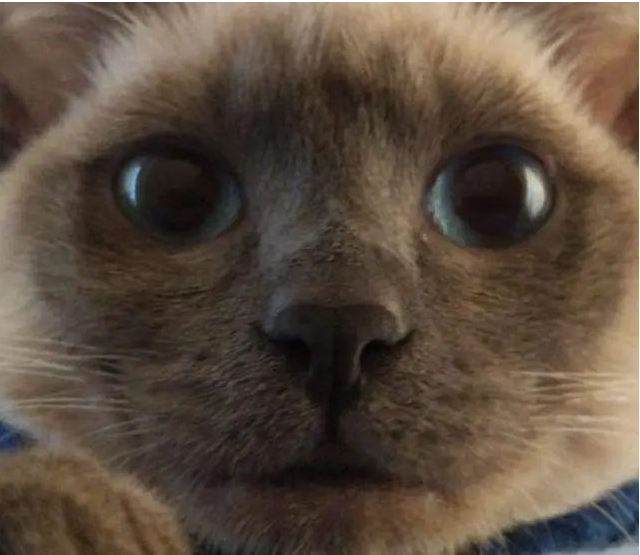
To avoid nail breakage: Nail breakage and fracture is a common problem in both cats and humans. While it is often caused by aging and other benign processes, brittle nails can prove to be problematic. While there are many steps you can take to prevent this from happening, you can start by keeping your cat’s nails at a manageable length.
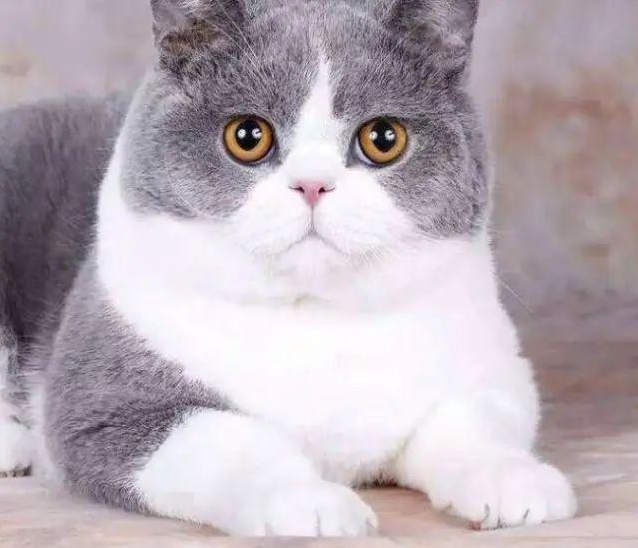
To help maintain your cat’s level of hygiene.For sanitary purposes, your cat’s nails must be kept at the proper length. When your cat’s nails are too long, it can harbor infectious pathogens such as fungus. You can reduce this risk by trimming your cat’s nails at all times.
Protecting you and your family.Your cat may joke or accidentally scratch you or your family. Long claws are likely to leave painful marks on the skin. Trim your cat’s claws to prevent painful scratches.
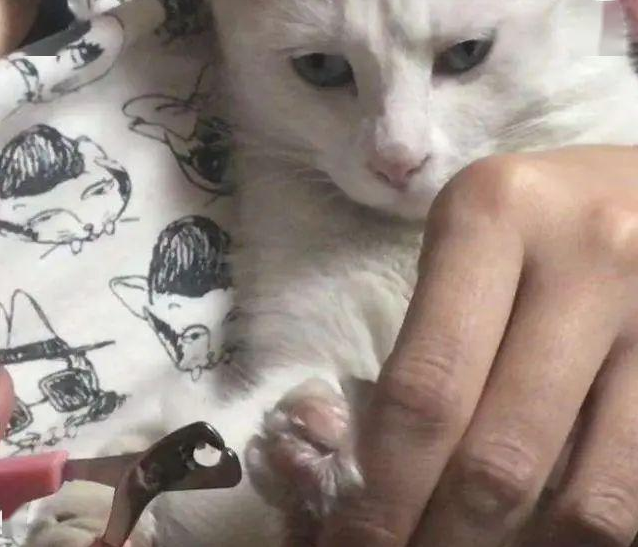
Reassurance.Trimming your cat’s nails will ensure your pet’s comfort and well-being. Cats with long claws are likely to get scratched by furniture fabrics or carpets, and not only that, they may find it difficult to break free. This could mean that they hurt themselves while trying to get free. In addition, claws that are too long can dig into or cut off the pads of the feet, causing discomfort, pain, and even infection. Trimming your cat’s nails regularly can help prevent these problems from occurring.
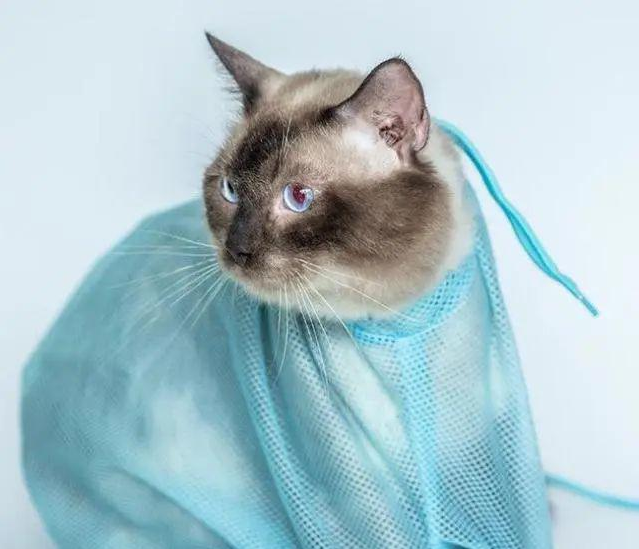
Keeping your cat calm.Cats with long nails like to scratch things to trim their nails. Scraping away the dead layer on the surface of the claws is a form of self-grooming. However, if you trim your cat’s nails regularly, your pet will feel calmer and more relaxed. This means they won’t feel the need to constantly scrape away old nail sheaths. This will reduce damage to carpets and furniture as when your cat’s nails are long; the constant scraping is likely to leave unpleasant marks on your wooden furniture and may also leave stains on carpets, upholstery and the fabrics covering pillows and cushions.

